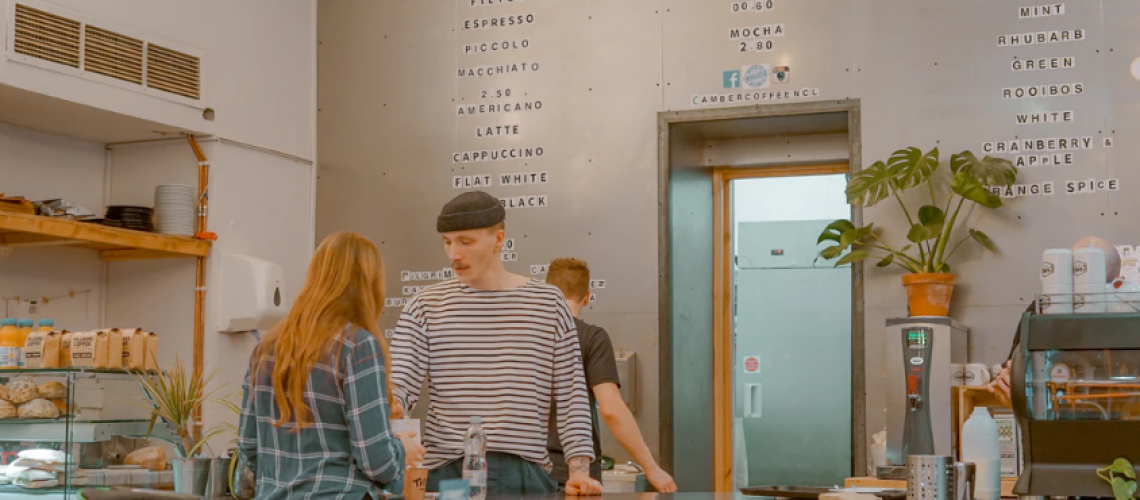The world of donation technology has seen the recent launch of Lunchbox – an initiative to raise money for children in the developing world through a contactless donation box that enables a donor to buy school lunches for a week with just a tap of their card.
The aim is to encourage people who are buying their own lunch to tap their card at the point of paying, and donate 30p to a charity who can buy lunch for a child less fortunate.
It has recently rolled out (no pun intended) to some lunch venues across London, with the hope that plenty of people will choose to fill a tummy with a tap.
New Fundraising Strategies?
We’ve discussed before the struggles that charities face nowadays. 80% of people in the UK do already give to charity regularly, but fundraising strategies are having to change and evolve along with our cashless society. Thankfully we are now starting to see the donation technology to match.
Charitable organisations that rely on donations have to try and keep up with people going about their every day lives. Street collectors and change buckets are still prevalent, but are they as successful?
How often do you get asked by a fundraiser to stop and talk on the High Street – And how many times do you actually stop? How often are you asked if you can donate a small amount to a cause, but don’t have any change in your purse or pocket?
This is where the problem lies, and the solution is a hassle-free, simple way that people can make donations quickly.
The future of digital technology & fundraising
The key things with Lunchbox are that it’s quick, easy, and a small amount of money. It’s placement is also relevant to the cause which gives it context – Imagine getting to the front of the queue, paying for your lunch with a rumbling tummy, and then seeing a charity fund raising money for hungry children that you can give 30p to with a quick tap of a card that you’ve likely already got in your hand.
And the more we see technology like this in our everyday life, the more giving money in this way will become a habit.
We probably all used to drop a few coins from our change in the collection buckets at the till in shops, but so many of us are now paying by card that this way of fundraising is dwindling.
But with the use of donation technology, including our smart stickers, these collection buckets can easily be transformed into a digital method of paying with just a quick scan of a QR code.
Government Guidelines for an effective fundraising campaign
A report by the Cabinet Office outlined 4 key behavioural elements for a successful charity fundraising campaign:
- Attract attention
- Timing and context
- Make it simple and quick
- Make it a social norm
Applying these behavioural insights to charitable giving and contactless donation technology is the way forward for fundraising strategy.
Attract Attention
First you need to attract attention. We all look around while we’re waiting to pay, and generally whatever’s on the cashier desk will get people’s attention so this would be a prime placement.
Timing and context
Next, make it relevant to the time and context of the transaction that’s already taking place.
Make it simple and quick, and make it the social norm
Once you’ve hooked the person in, the actual process of giving needs to be as quick and straightforward as possible with a low cost. And thus, the more we see this donation technology in practice, the more it becomes the norm. Just as those street collectors or charity buckets on the till have been commonplace for so many years.
Times are changing, and so is fundraising. Thankfully, we’ve got the technology to take us there and make it easy for donors to give charitably whilst getting on with their day to day lives.
If you would be interested in how Donater’s smart stickers could enhance your fundraising campaigns, please get in touch. We’re close to launch and looking for charity partners now, so be one of the first to get on board with this innovative new tech to boost digital donations.


